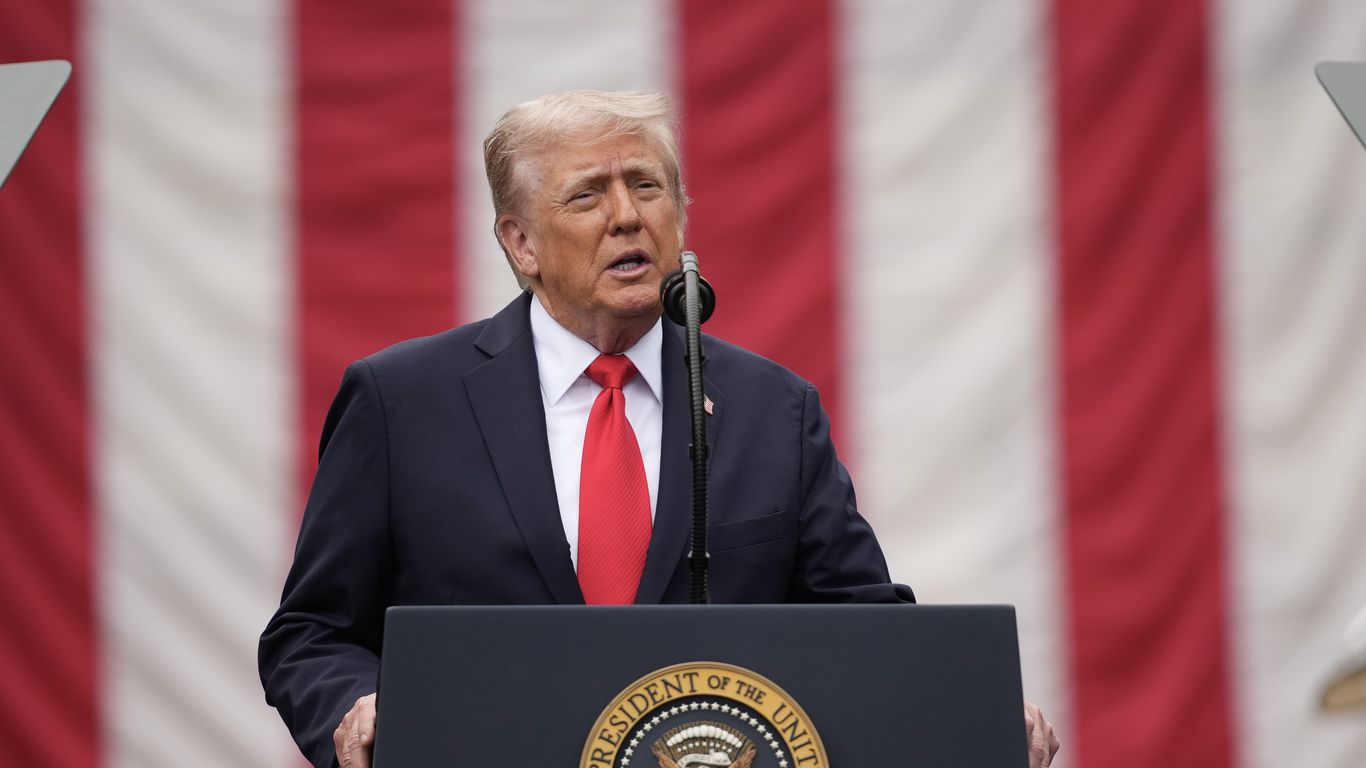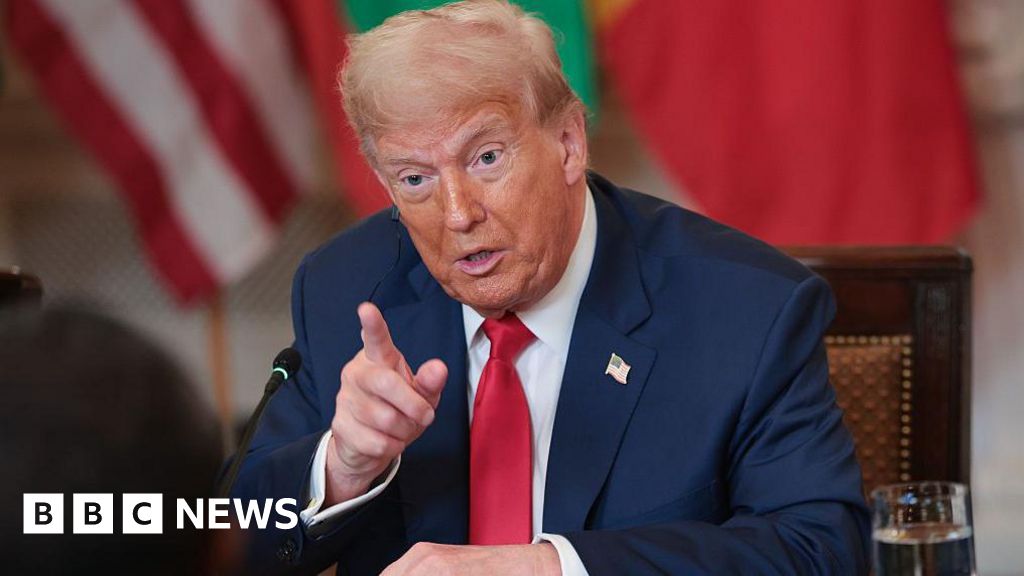Trump's Bet on China's Economic Struggles: China Diversifies Exports to Global Markets

Trump's Bet on China’s Economic Struggles
Former President Trump predicted that China would face "tremendous difficulties" without U.S. consumers during the trade war, banking on America's buying power to pressure Beijing. He believed that tariffs would cripple Chinese factories reliant on American demand. However, this expectation has not fully materialized as China adjusted its strategy to mitigate the impact.
China’s Strategic Trade Diversification
Instead of succumbing to the pressures, China successfully diversified its export markets beyond the U.S., focusing on regions like the European Union and Belt and Road partner countries. This shift helped offset the significant decline in shipments to the U.S., which fell 27% in September 2025. Remarkably, China's exports to non-U.S. markets grew by 14.8%, contributing to an overall 8.3% increase in exports compared to the previous year.
Implications for Global Trade
China’s ability to reroute exports and find new buyers demonstrates resilience and adaptability amid trade tensions. This growing trade surplus highlights a changing global supply chain landscape, where Beijing’s expanding partnerships reduce reliance on U.S. consumers and reshape international commerce dynamics.
About the Organizations Mentioned
European Union
The European Union (EU) is a unique economic and political partnership between 27 European countries, aiming to promote peace, stability, and economic cooperation. Established in 1993, the EU has evolved significantly since its inception, with key milestones including the introduction of the euro currency in 1999 and the expansion to include 27 member states. **History and Key Achievements:** - **Founding:** The EU's origins trace back to the European Coal and Steel Community (ECSC) in 1951, which evolved into the European Economic Community (EEC) in 1957. Over time, it expanded into the European Union with the Maastricht Treaty in 1992. - **Economic Integration:** The EU has fostered economic integration through the Single Market, allowing free movement of goods, services, and people among member states. - **Common Currency:** The euro, introduced in 1999, is used by 20 of the 27 member states, promoting economic stability and facilitating trade. **Current Status:** - **Challenges:** The EU faces ongoing challenges, including climate change, migration, and geopolitical tensions, particularly with Russia's aggression in Ukraine. - **Economic Outlook:** Euro area growth is forecast to remain weak in 2025, with GDP projected to expand by less than 1%[8]. - **Innovative Initiatives:** The EU is actively working on enhancing its technological and economic competitiveness, with initiatives like the Clean Industrial Deal and the Competitiveness Compass[4]. **Notable Aspects:** - **State of the Union Address:** The annual State of the Union address by the European Commission President outlines key priorities and initiatives for the year ahead, such as Ursula von der Leyen's 2025 address focusing on security, Ukraine support, and climate action[1][5]. - **Global Influence:** The EU is a significant player in global affairs, with initiatives like the Global Gateway aimed at sustainable development








